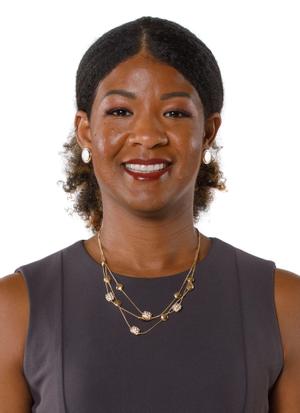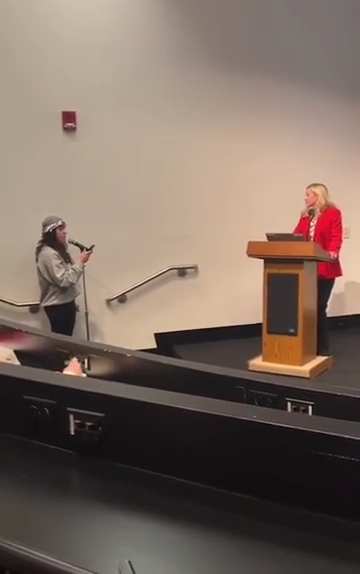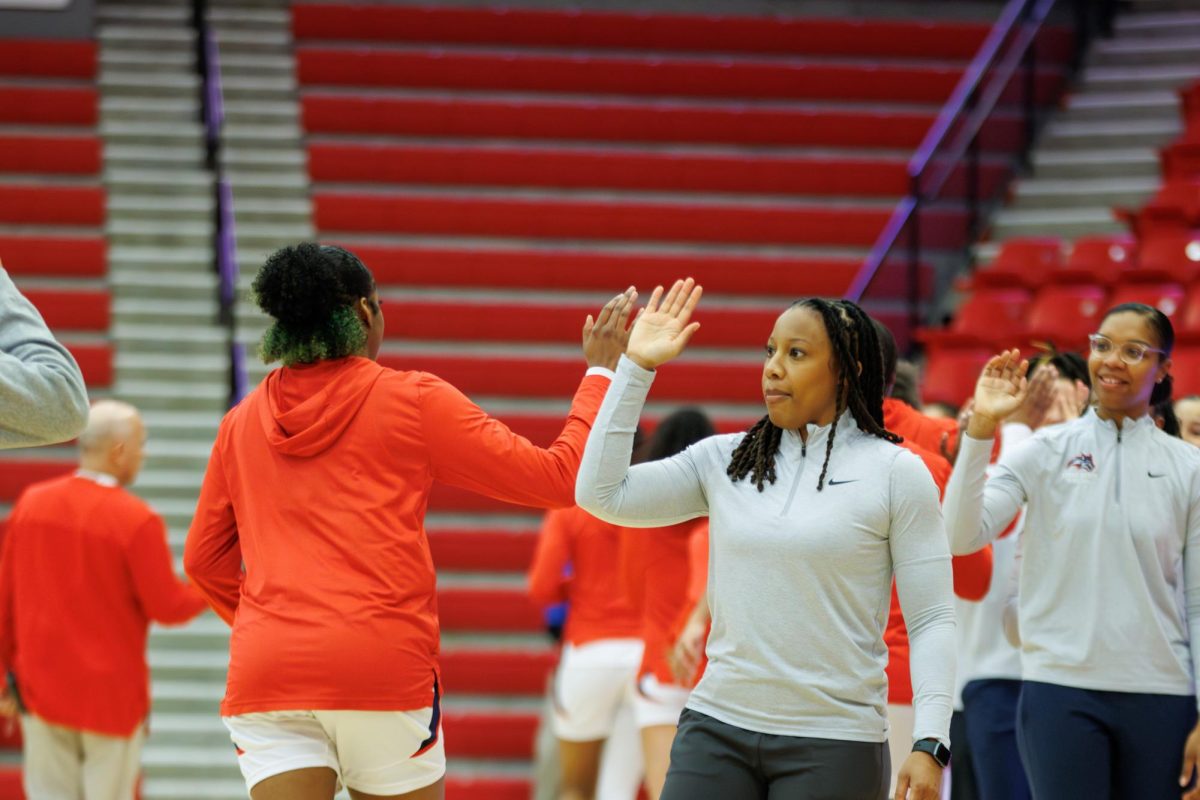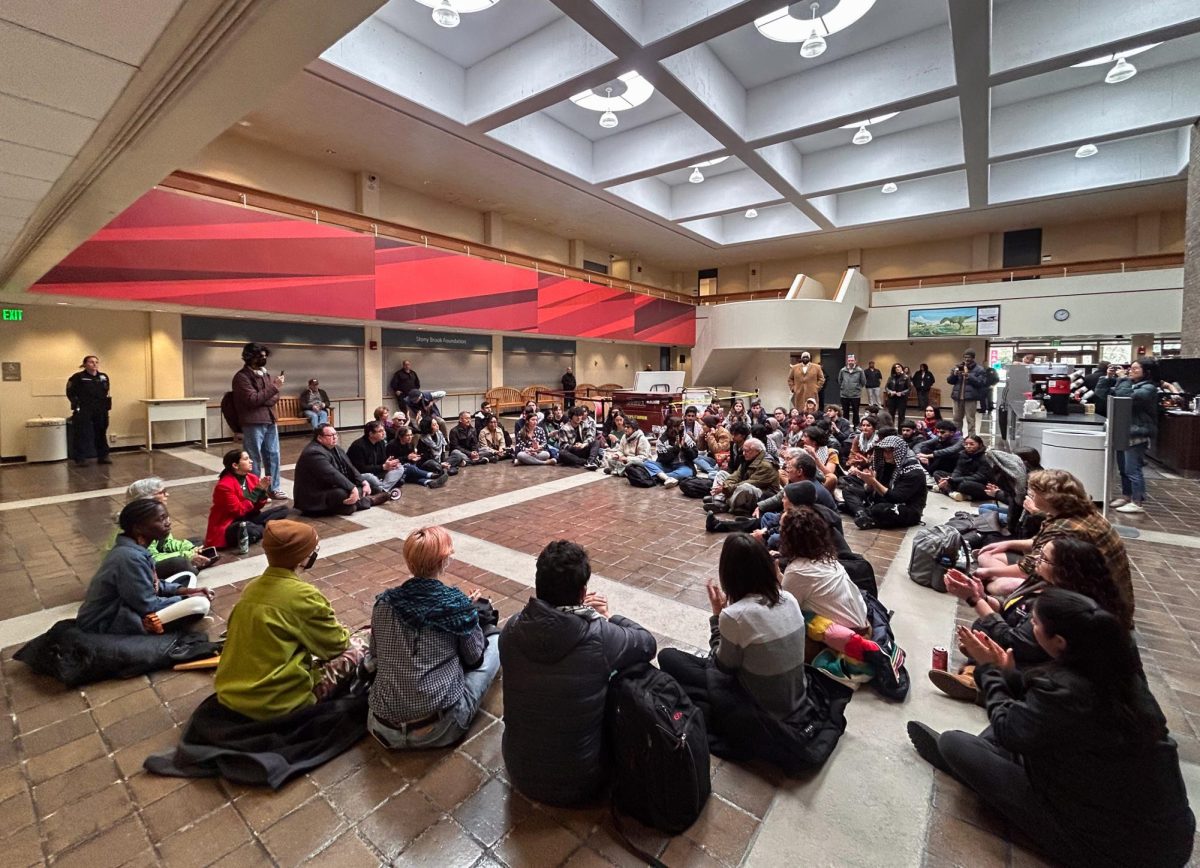A new Diversity, Equity and Inclusion policy announced by SUNY this semester is expected to increase the number of SUNY students recruited and retained over the next several years, by allowing faculty to view retention and completion patterns and consider areas where improved support may be needed.
“With this new Diversity, Equity and Inclusion policy, we are once again sending a strong message that the Empire State is a national leader and a beacon of inclusion for all students,” said Gov. Andrew Cuomo in a news release.
The new policy will include the creation of a new data collection tool that will give students who register at a SUNY campus the ability to self-identify their gender, sexual orientation and any other additional status. Diversity in the policy encompasses a wide range of categories from ethnicity to international and transfer students, allowing a greater number of students to benefit from new support services offered by the policy.
One such service is a chief diversity officer for every SUNY campus, who will work with all campus offices to ensure inclusiveness and execution of diversity practices.
Bonita London, a member of the SUNY Diversity Task Force and associate professor of social and health psychology at Stony Brook, has worked with other SUNY faculty and staff in Albany to help come up with recommendations for the SUNY system to adopt to foster diversity and inclusion.
London developed the social-cognitive “Sensitivity to Gender-Based Rejection” model for women, which studied how factors can lead to or deter success in traditionally stigmatized groups. Though she is not directly involved with how Stony Brook will implement the new SUNY diversity policy, she believes each campus will take a unique approach.
“Because the SUNY campuses are each pretty distinct and are at different stages in how they approach diversity issues, the approach that each campus takes to address the recommendations may differ,” London said in an email.
The policy introduces customized cultural competency training for faculty members, research that will evaluate the policy for effectiveness, and annual reporting on the policy’s progress. The most progressive of these parameters is perhaps the approval of a new data collection tool that will allow each student to voluntarily self-identify their sexual orientation and gender identity during the registration process.
Students will be able to choose one of seven options for sexual orientation: straight, gay, lesbian, bisexual, pansexual, queer, questioning and unsure. For gender identity, options include man, woman, trans man, trans woman, genderqueer/gender-fluid, questioning and unsure.
“College is a place for exploration,” said Sydney Gaglio, a sophomore theatre arts major and Lesbian Gay Bisexual Transgender Alliance president, in an email. “You can explore the world and different places of knowledge. But it’s also a place where you explore and get to know yourself more. Being in a place where it’s okay for you to do that is extremely important. So if a policy is enacted that allows a person to navigate the world while being their full selves, life gets a little easier.”
The availability of these options in the SUNY system will be able to clarify some misconceptions of the LGBTQ* communities as a whole, said Chris Tanaka, the coordinator of LGBTQ* Services, whose job is focused on education, outreach and advocacy for the LGBTQ* community.
“I think probably the most common misconception is that there is a singular set of needs for this entire community,” Tanaka said.
SUNY was awarded the 2015 Higher Education Excellence in Diversity Award from INSIGHT Into Diversity magazine. This is the fourth consecutive year the SUNY system administration has received this award.
“We appreciate this recognition and at the same time, recognize that we have more work to do,” said Alexander N. Cartwright, SUNY provost and executive vice chancellor, in a news release.






















